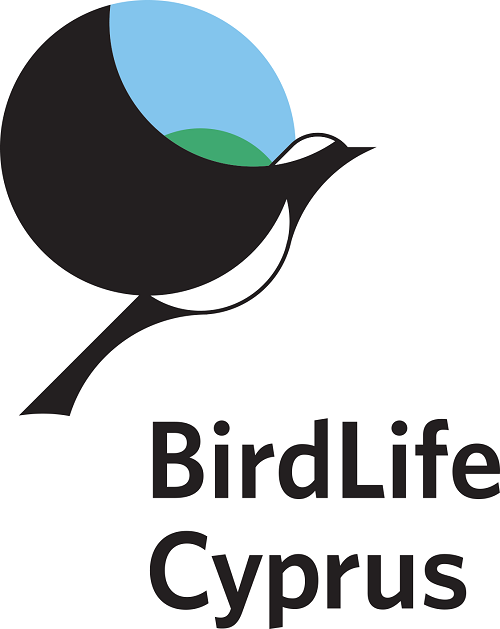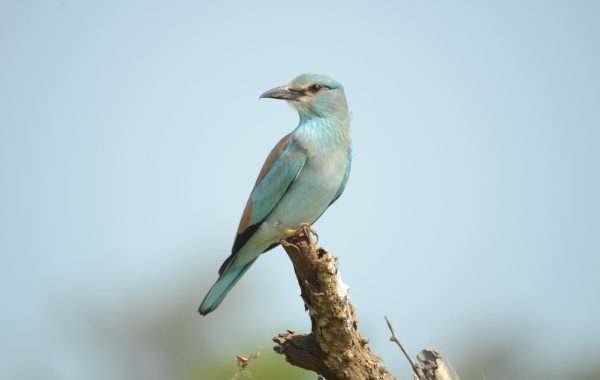On the weekend of 15 – 16 January, BirdLife Cyprus staff, volunteers and collaborators visited wetland sites across Cyprus to count waterbirds and contribute towards the International Waterbird Census (IWC). This year marks the 40th anniversary since BirdLife Cyprus began contributing to the IWC (since 1983), which is one of the oldest and largest citizen science programmes in the world. This global effort, coordinated by the international NGO Wetlands International, has been ongoing since 1967 and aims to gather data on over 870 waterbirds across more than 25,000 sites in 143 countries in order to estimate their global populations and conservation status. Thousands of volunteers take part in the near-simultaneous surveys around the world and BirdLife Cyprus coordinate the effort in Cyprus. To achieve the maximum coverage of wetlands island-wide, the counts were done in collaboration with the Turkish-Cypriot NGO KUŞKOR.
During the 2022 mid-winter count, more than 30 surveyors covered 78 waterbird sites across Cyprus and recorded a total of 23,833 waterbirds, of 79 species. These numbers are increased compared to 2021, when the measures in place to curb the ongoing COVID-19 pandemic limited our monitoring effort, and it was only possible to survey some 50 wetlands.
The most numerous species were once again the usual suspects: Greater Flamingo, Phoenicopterus roseus, with 4,622 individuals counted, and Common Teal, Anas crecca, with 4,439 individuals. Mallard, Anas platyrhynchos, Northern Shoveler, Spatula clypeata, and Common Coot, Fulica atra, deserve special mention with 2,632, 2,417, and 2,149 individuals counted, respectively.
The top sites included Mia Milia (Haspolat) Sewage Works, which held the greatest number of waterbirds (5,138) and the second largest number of species (26), Larnaka Salt Lake, with 4,003 waterbirds of 23 species, Famagusta Wetlands, with 2,370 waterbirds of 65 species, and Akrotiri Salt Lake, Lady’s Mile and Meras, where 2,117 individuals of 24 species were counted. Paralimni Lake (1,589 waterbirds of 24 species), Larnaka Sewage Works (1,412 waterbirds of 18 species), Kapouti (Gaboudi) Dam (1,197 waterbirds of 23 species), Oroklini Marsh (1,106 waterbirds of 20 species) and Kioneli (Gönyeli) Dam (1,038 waterbirds of 14 species) follow.
BirdLife Cyprus would like to thank our collaborators, including KUŞKOR and the teams of committed bird monitoring volunteers who helped make the 2022 IWC happen. We look forward to continuing our track record of monitoring the wintering waterbirds of Cyprus long into the future.




